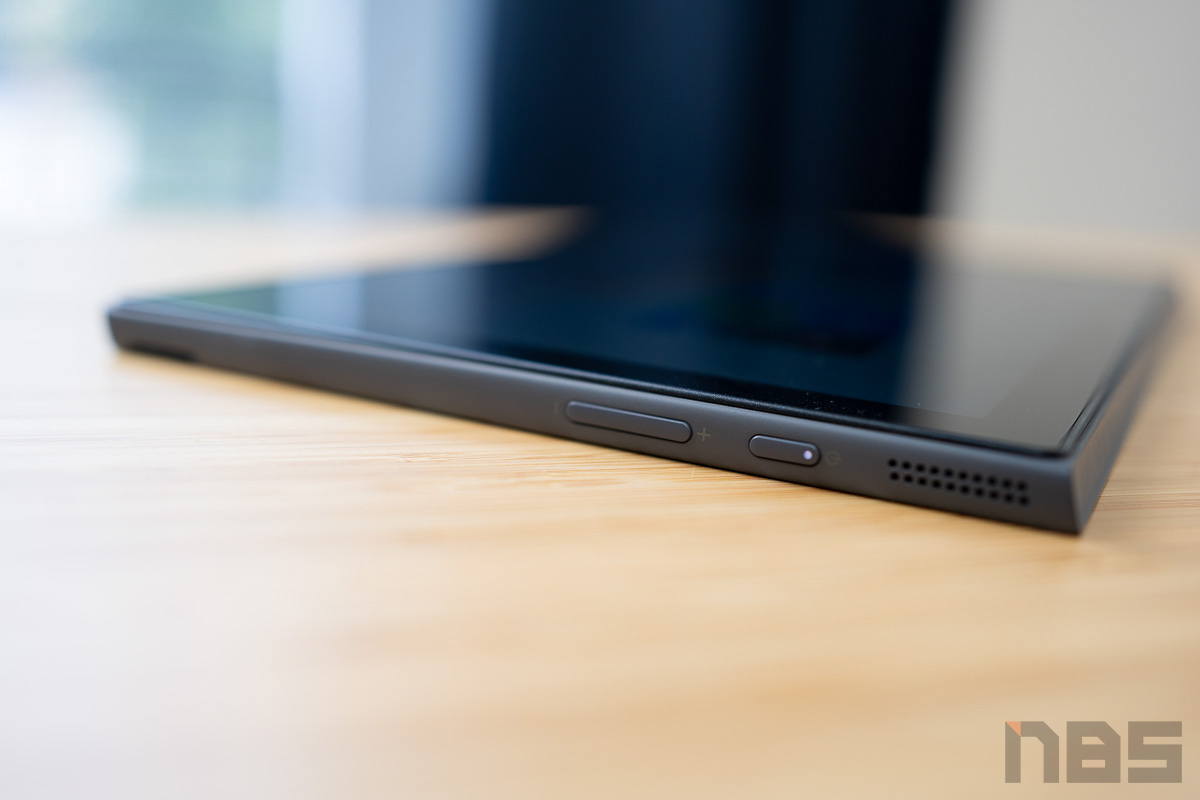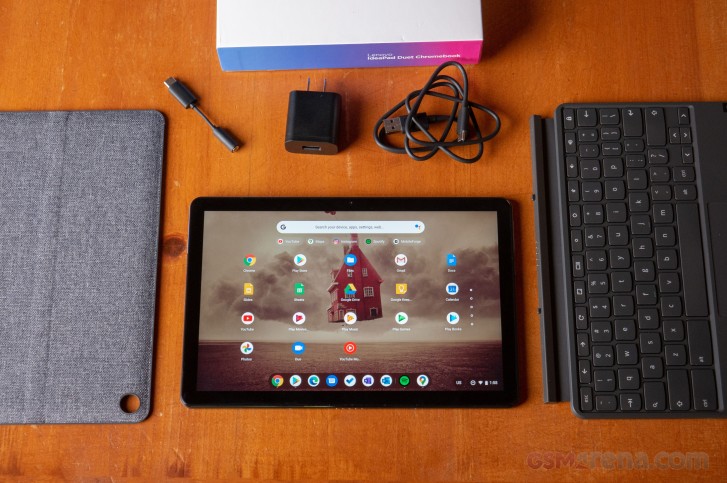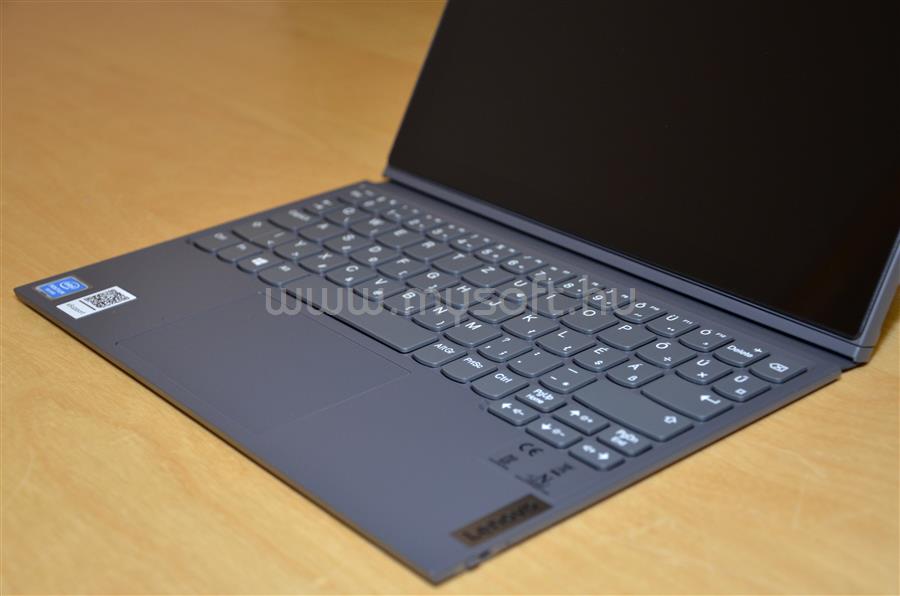
When the Duet 3 first launched, no USI 2.0 pens existed, which was a problem if you wanted a stylus for productivity. And while the Duet 5 uses USI 1.0, the Duet 3 uses USI 2.0 and works with the newer Lenovo Digital Pen 2. It uses USB-C 3.2 Gen 1 ports instead of 3.0, which delivers data more than twice as fast. The Duet 5 just gives you a little extra juice.īecause the Lenovo Chromebook Duet 3 is the newer device, it does have a couple of upgrades. In practice, both of our reviewers found that the Duets could easily last a full day of work use and have plenty of battery remaining for streaming. It has a 42Wh battery and an estimated 15-hour battery life, while the Duet 3 has a 29Wh battery and 12-hour estimate. With the Duet 5, you also get the promise of longer battery life despite the larger display. (Image credit: Ara Wagoner / Android Central) For contrast, our Duet 3 reviewer panned its stereo speakers, calling them "just not great" and recommending you buy some USB-C headphones instead. Our reviewer praised the "bright and clear" speakers that sound "magnitudes better" than the dual speakers on the original Duet. The Duet 5's biggest strength is its audio since it has quad speakers instead of dual speakers.

On the other hand, with a 2000x1200 resolution, the Duet 3 has slightly more pixels per inch than the FHD Duet 5 does. In other words, it doesn't have the same color richness and its proportions don't match up to videos quite as exactly as the Duet 5 does.

The Duet 3 uses an IPS LCD display with a 5:3 ratio and 70.8% NTSC. The Duet 5 has an OLED display with a standard 16:9 aspect ratio that hits 100% DCI-P3. The displays themselves also have some noticeable differences. The Duet 5 has a 13.3-inch display and weighs 1.5 pounds, while the Duet 3 is 10.95 inches and weighs 0.36 pounds less.


The most obvious difference between the Lenovo Chromebook Duet 5 and Duet 3 is their size and weight. (Image credit: Andrew Myrick / Android Central)


 0 kommentar(er)
0 kommentar(er)
